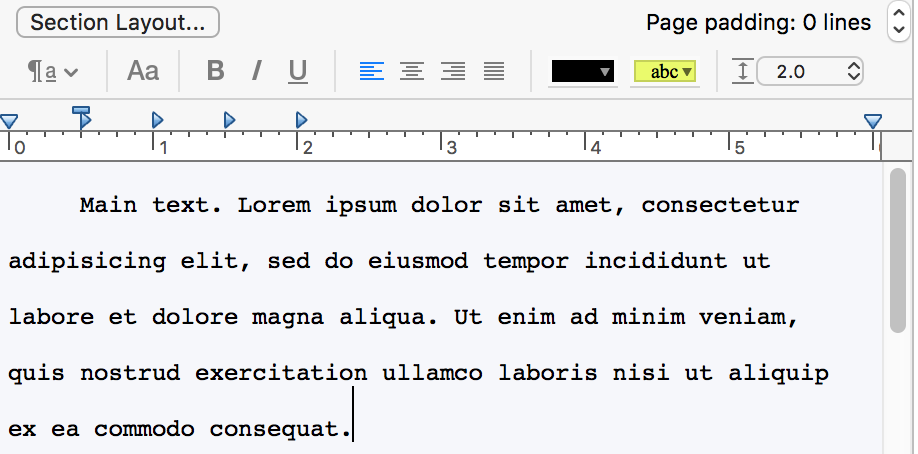
These options let us set up the titles, general styling, and font specifications of the finished document. That said, we do need to mess around with the settings under the “Formatting” pane. Scrivener does a great job with most of the settings, so you won’t need to change most of them unless you really want to. Mess with the Level formatting – Standardize your font choices. Because of this, we’ll use the “ePub eBook” format, and then finish the conversion job in Calibre.ģ. Note: Yes, there is a “Kindle eBook (.mobi)” format, but in my experience with it, it’s still a little quirky and doesn’t handle the special Table of Contents and “location” stuff the Kindle needs to display a document correctly. ePub is a format included by Scrivener, and it’s what we’ll use for the universal export format. Next, select “ePub eBook” from the “Compile For” dropdown menu. To compile, go to File > Compile, and you’ll see this dialog box come up: Scrivener has an amazing built-in compiling feature, but we’ll still need to tweak a few things to get an ebook format that works across the board. Once you’re happy with the hierarchy you’ve chosen, it’s time to compile. Understand that the rest of this tutorial is going to be based upon my formatting you see above that is, a three-part hierarchy (again, I like to keep things simple). You can copy this format, or tweak it accordingly.

These are the lowest sections (hierarchically speaking) of the book pictured above ( Welcome Home: The Author’s Guide to Building A Marketing Home Base). Chapters, or smaller sections: Individual chapters, segments, or however else you break up your manuscript.I place individual chapters inside of these “folders.” Main “Parts:” If you split your book up into parts, acts, or structures larger than chapters, you can use the folder icon to organize them.Anything outside of the main “book:” The “front matter,” like the Copyright page, Title Page, etc., and the stuff after the main book, like the “About the Author” page, excerpts from other books, etc.Here’s what it looks like in my Scrivener file:Īs you can see, I have three basic hierarchical structures: This means that I have a simple “folder” (Scrivener lets you set up folders and text documents however you want, so the word “folder” here is subjective) for each larger part, and then individual text files for each underlying chapter. I usually don’t change anything Scrivener when I start a new document, and I use a simple bolded heading for subchapter headings.Īs for the actual chapter headings (parts, acts, scenes, chapters, etc.) I try to keep everything in a folder/document hierarchy. The key to formatting for eBook is to keep it simple - readers and devices don’t usually do so well with lists, fancy formatting, CSS-styled chapter headings, and the like, so make sure you’ve taken this stuff out. It’s a wonderful program, and I use it for eBook management and organization, but also for cross-format conversions. mobi.įirst things first: make sure you install Calibre. From there, we’ll use a free program called Calibre to bounce it out to Kindle’s proprietary format. We’ll basically “strip down” your Scrivener file to its bare essentials and then format to ePub.

A tall order, to be sure, but it can be done: the key is simplicity. What I hope to do in this post is provide you with a super-simple method of going from what you’ve written and edited to a format that works on every format, for every device. Essentially, you’re looking at a barebones HTML file, sans things like ordered and unordered lists, fancy CSS styling, and such.


While the print side of things is going to differ from one author to another, as you know the Kindle is pretty much standardized throughout their line of products. It works exceptionally well, but getting things to look good and also work well with the different formats out there became somewhat of a drawn-out process for me. The problem I’ve faced with Scrivener is that it gets a little complicated to export for the certain formats I need, like print and e-book. If you weren’t aware, I’m a ridiculously-huge fan of Scrivener, and you can read about it more here (by the way, it’s available for Mac and Windows, and through the Mac App store and they offer a free trial as well). Since I began publishing my books, I’ve been using Scrivener for the writing and editing process.


 0 kommentar(er)
0 kommentar(er)
